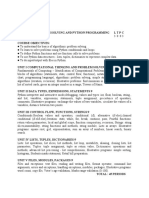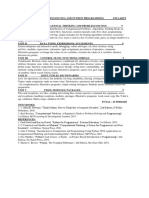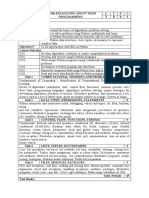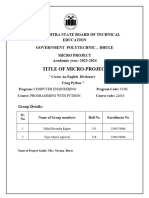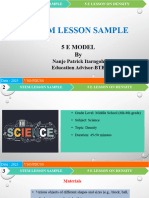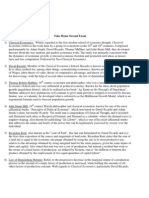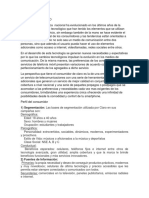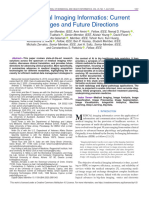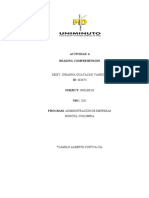LESSON PLANNING
Subject/grade: ______ Teacher: Akukulong Gilbert Terry
Approximate timing: ______________________
Code Tracers
Learning intentions: Success criteria:
9P.11Use trace tables to systematically debug text – I can use a trace table to
bases programs check the flow of a variable
in algorithm and a python
prototype.
Language focuses:
Vocabulary
Variable, dry run, criteria, string, trace table, truth table,
integer, flowchart, pseudocode, selection.
Skills
Ability to identify errors thoroughly in text – based
programs
Creativity
Critical thinking.
Resources required:
Course book, worksheet, and workbook.
Laptop, python programming language installed, IDLE, flowchart, sample data,
MycroPython.s
Teaching skills focus:
What teaching skill can I personally build on today
Introducing the lesson:
xiii
terry Akukulong © GPIS Cambridge University Press 2023 - 2025
� LESSON PLANNING
Display a program code, ask students how could they know if an error is located in it, an
error different from syntax error. How can you check the contents of the variable as you
move through the program.
xiv
terry Akukulong © GPIS Cambridge University Press 2023 - 2025
�LESSON PLANNING
Lesson activities:
1 Read the learn box as c class on page 19 of the student’s book and focus on how to create and use trace
tables.
- Ask questions. Teacher explains and defines keywords.
2 solved example, ensure the students can see the where the column heads and conditionals have been edited
with variable name and conditional statements.
- Check students understand that whenever an update is made to a variable, it is added to the trace table
next to the line relevant number.
3 Students practise on page 23 of the student’s book page
- Provide students with a foodselection.py program. They come out with a trace table for each input.
Differentiation opportunities:
Plenary:
Provide students with a python code, Look and complete the trace table for 20 and
99.
Assessment for learning:
Learner observation:
Teacher/learner discussions:
Homework:
Worksheets: provide learners with a python program, compete the trace table for the
python program.
Research on: Trace table and Truth tables.
Notes:
xv
terry Akukulong © GPIS Cambridge University Press 2023 - 2025
�LESSON PLANNING
Flowchart : visual representation of an algorithm
Pseudocode : textual representation of an algorithm
Variable : named memory location to store a value
Critertia : set of rules that must be met
Selection : choice to be added to a program if elif else and the next instruction
to be executed is decided y the condtiton.
String : a sequence of characters that can be numbers, texts, or symbols.
Truth table: A break down of logic circuit, listing all possible operations that
the logic circuit can carry out.
Dry run: A process of working through an algorithm manually to trace the
values of the variable(s)
Trace table: technique for predicting stop by stop what will happen as each line of an
algorithm or program is run, and to identify errors.
Integer : A whole number.
xvi
terry Akukulong © GPIS Cambridge University Press 2023 - 2025










